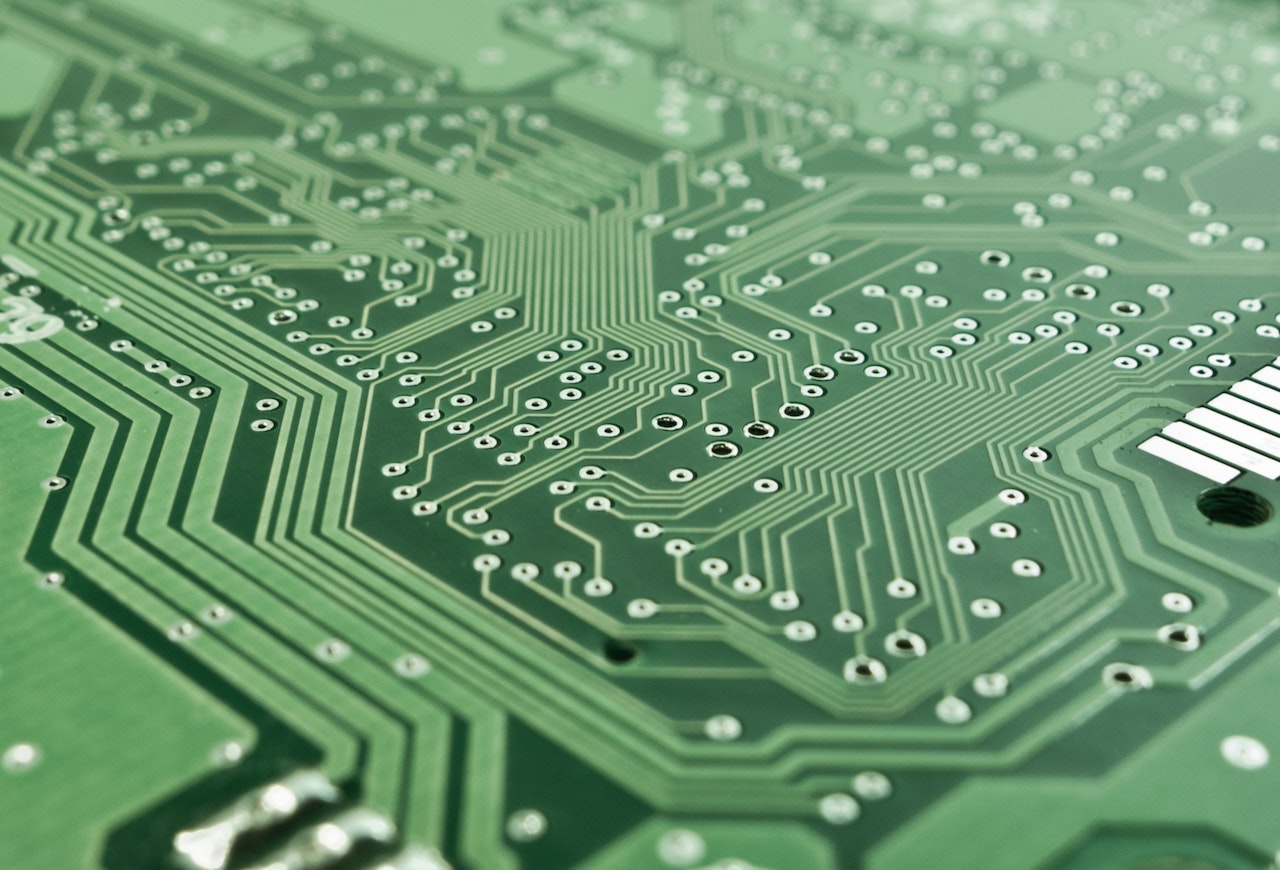The Internet of Things (IoT) is a technological concept that describes a world where everyday objects are connected to the internet and can communicate with each other.
The IoT has transformed the way we live, work, and interact with technology, making our lives more convenient, efficient, and secure. In this article, we will explore the technologies that made the IoT possible and discuss how they have enabled the growth of this exciting field.
1. Wireless Connectivity
One of the key technologies that made the IoT possible is wireless connectivity. The ability to connect devices to the internet wirelessly, without the need for cables, has enabled the creation of a vast network of connected devices that can communicate with each other seamlessly.
Several wireless technologies have been instrumental in enabling the IoT, including Wi-Fi, Bluetooth, Zigbee, and cellular networks.
Wi-Fi is perhaps the most well-known wireless technology, and it is widely used in homes, offices, and public spaces to connect devices to the internet.
Bluetooth is another popular wireless technology that is commonly used to connect smartphones, smartwatches, and other wearable devices to each other and to the internet.
Zigbee is a wireless technology that is designed specifically for the IoT. It uses low-power radio waves to enable communication between devices, making it ideal for small, low-power devices such as sensors and smart home devices.
Cellular networks, such as 4G and 5G, are also becoming increasingly important for the IoT, as they provide ubiquitous coverage and high-speed connectivity for devices that require it.
2. Sensors
Another critical technology that has enabled the IoT is sensors. Sensors are devices that can detect and measure physical phenomena, such as temperature, pressure, and motion.
They are essential for collecting data from the environment and transmitting it to other devices, such as smartphones or cloud servers, for analysis and processing.
There are many different types of sensors, each with their own unique capabilities and applications. For example, temperature sensors are commonly used in smart thermostats to monitor the temperature of a room and adjust the heating or cooling system accordingly. Motion sensors are often used in security systems to detect movement and trigger an alarm.
Accelerometers are another type of sensor that is commonly used in smartphones and wearables to detect movement and orientation. They are also used in fitness trackers to monitor physical activity and provide feedback to the user.
3. Cloud Computing
Cloud computing is another critical technology that has enabled the IoT.
Cloud computing refers to the delivery of computing services, such as storage, processing, and analytics, over the internet.
Cloud computing provides a scalable and flexible platform for processing and storing the massive amounts of data generated by IoT devices.
Cloud computing is essential for the IoT because it enables devices to offload much of the computational burden to remote servers, reducing the processing power and storage requirements of individual devices. This makes it possible to create smaller, more power-efficient devices that can operate for longer periods without needing to be recharged or replaced.
Cloud computing also provides a platform for data analytics, which is essential for making sense of the massive amounts of data generated by the IoT.
By analyzing this data, organizations can gain insights into customer behavior, product performance, and operational efficiency, which can be used to improve business processes and create new products and services.
4. Artificial Intelligence
Artificial intelligence (AI) is another technology that is playing an increasingly important role in the IoT. AI refers to the use of machine learning algorithms to enable computers to learn from data and make decisions based on that data.
AI is essential for the IoT because it enables devices to become more intelligent and responsive. By analyzing data from sensors and other sources, devices can learn to recognize patterns and make predictions about future events. For example, a smart thermostat might learn the temperature preferences of a homeowner and adjust the heating and cooling


